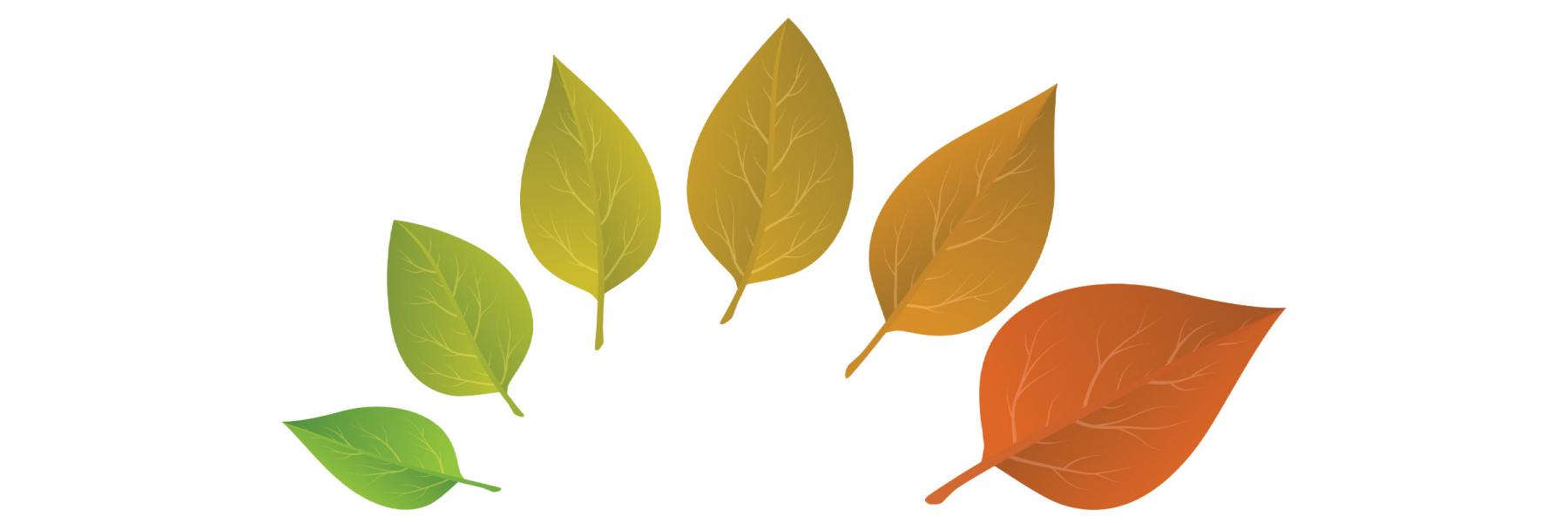
By now we’ve all heard the statistics: 50% of people living with HIV (PLWH) are over the age of 50, and by 2030 it will be 70%. When we talk about HIV and aging it always tends to sound like a laundry list of everything that can possibly go wrong as we get older.
But please indulge this old-timer as I ponder a few things for us to consider.
Today, thanks to advances in treatment, older adults with HIV are faring better, but we tend to have an average of three or more comorbidities than our peers without HIV, and these occur more frequently and at an earlier age.
Things like frailty, bone and neurocognitive issues, cardiovascular disease, cancers, kidney and liver disease—and inflammaging, the idea that chronic inflammation is the driver of many of these co-occurring conditions.
But what about invisibility as a co-morbidity? Stigma is still a huge issue for PLWH, and for those of us who are aging, we face the dual stigma of aging and HIV. Our society does not value our elders, and the wisdom that can come with aging. How do we tap into that wisdom and begin to turn the tide of this impending silver tsunami?
We hear about trauma, too. Many long-term survivors (LTS) have experienced multiple traumas—trauma from our childhood, the trauma of racism, sexism, homophobia, transphobia, and the trauma of losing entire support networks of lovers, friends, and family members to AIDS early on in the epidemic. People who acquired HIV around birth or at an early age and have been living with HIV 10, 20, 30 years now are also long-term survivors. We need to include them in the conversation and pull up a chair for them at the table.
We need to advocate for policies and reforms that will improve the quality of life and deliver culturally appropriate services and care for people aging with HIV.
Along with these co-occurring conditions we see increased rates of isolation, depression, substance misuse, post-traumatic stress disorder (PTSD) and other psychosocial issues.
We know that HIV disproportionately affects Black, Indigenous and other People of Color (BIPOC). And then issues such as unstable housing, justice system involvement, poverty, food insecurity and other social determinants of health all affect the quality of life (QoL) of people aging with HIV, and often can change the trajectory of the lives of PLWH, for better or for worse.
As advocate Jules Levin likes to point out, our healthcare system is broken, and ill-equipped to deal with an aging society, let alone people who are aging with HIV.
We’ve heard stories of older LGBTQ+ people and PLWH having to go back into the closet when entering into long-term care facilities, for fear of being outed, ostracized, and stigmatized—and still being stigmatized and receiving suboptimal care.
Not only is our healthcare system broken, the entire system is broken.
But, I promise, there is some good news.
The updated national HIV/AIDS strategy includes people aging with HIV and long-term survivors for the very first time. Clear goals for improving the quality of LTS are articulated in the strategy—let’s hold our leaders accountable, and work together so that we may achieve them. Organizations and programs around the country and globally are already starting to address some of these issues.
We know that many LTS have developed resilience in the face of all these odds, so how do we help support and build models of resilience? Just as PLWH created a system of care and support where none existed early in the epidemic, we are the ones who will need to create new systems and models of care, from the ground up, because no one else is going to do it for us.
We need to advocate for policies and reforms that will improve the quality of life and deliver culturally appropriate services and care for people aging with HIV.
We need increased research on HIV and aging, but we also need implementation science that will help translate that research into improved outcomes and quality of life.
And lastly, it’s imperative that we strengthen and harness the collective voice and power of networks of individuals living and aging with HIV to achieve all of these goals, and provide people living and aging with HIV the support and dignity we all so richly deserve.
We’ve earned it.
Take care of yourself, and each other.


